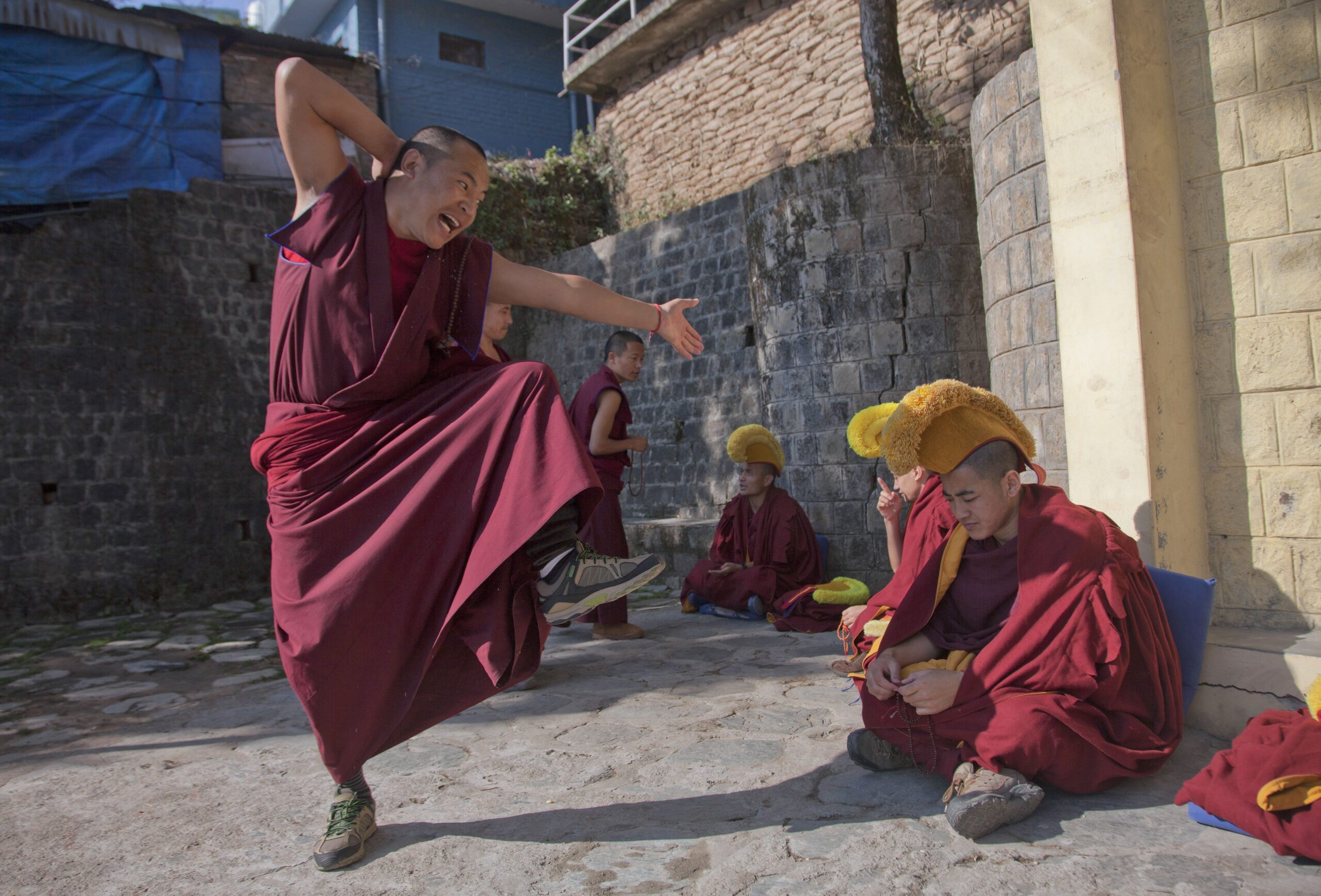The quest for Buddhahood is the ultimate spiritual journey, embodying the aspiration to realize one’s fullest potential and understand the true nature of existence.
This journey is not for the faint-hearted but for those who are willing to dedicate their lives to achieving enlightenment for the benefit of all beings. Buddhahood represents the culmination of this spiritual adventure, a state of complete enlightenment, and understanding of the universe’s fundamental truths.
What is Buddhahood?
Buddhahood means enlightenment – becoming awakened to the true nature and potential of life. It is a state where one has completely purified one’s mind of all defilements, has eradicated all negative qualities, and has fully developed all positive qualities. In this state, an individual has realized the ultimate truth of all things and has become free from the cycle of birth, death, and rebirth (samsara).
Who is Bodhisattva?
The bodhisattva, embodying the highest ideal of Mahayana Buddhism, is not a deity but a way of being that all individuals can aspire to achieve. A bodhisattva practices with the vow and motivation to prioritize the well-being of others over oneself, potentially postponing one’s own enlightenment until all beings can achieve it together. Bodhisattvas are recognized at various levels of attainment, corresponding to their progress on the ten-step path towards Buddhahood.
The Ten-Step Path
1. “The Joyous”:
The initial step is marked by a profound experience of shunyata, or emptiness, leading to a state of joy. At this stage, the main practice is to perfect the Generosity Paramita (perfection of generosity), offering numerous opportunities to practice giving. Being on the Path of Seeing, the practitioner begins the Path of Meditation, potentially experiencing life as a king in the human realm, where opportunities for generosity abound.
2. “The Stainless”:
Discipline in vows characterizes the second stage, freeing the practitioner from anxiety and the three poisons of ignorance, attachment, and aversion. This purification allows for a life of clarity and commitment to the path.
3. “The Luminous”:
At this juncture, the practitioner focuses on perfecting Patience or equanimity, illuminating the mind’s inherent luminosity. This stage is often symbolized by the potential for rebirth as Indra, the king of gods, representing the overcoming of obstacles and the attainment of a radiant mind.
4. “The Radiant”:
Having perfected the Nirmanakaya aspect of Buddhahood, the practitioner now works on the Paramita of Exertion. This vigorous effort in virtuous activity dispels false conceptions and illuminates wisdom, possibly leading to rebirth in a realm of continuous peace.
5. “The Unconquerable”:
This stage involves mastering meditation (dhyana) and other skillful means, essential for the bodhisattva’s journey to help all sentient beings. The term “unconquerable” reflects both the challenge of reaching this state and the practitioner’s indomitable spirit, with the potential for rebirth in the Tushita Heavens.
6. “The Manifest”:
Intensive practice of dhyana and development of skills enable miraculous activities, signifying the bodhisattva’s power to manifest change. Here, the focus is on perfecting Prajna (wisdom).
7. “The Gone-Afar”:
Having perfected the Six Paramitas, the practitioner wields both wisdom and skill, ensuring they will not regress. Efforts are now directed towards overcoming Mara, symbolizing obstacles to enlightenment, with Buddhas offering prophecies of future Buddhahood.
8. “The Immovable”:
Attaining this level allows entry into Nirvana, yet Tathagatas remind practitioners of their vows and the journey ahead. Firmness of aspiration is key, with potential rebirth as Brahma.
9. “The Good-Wisdom”:
Nearly at Buddhahood, the practitioner acquires the Ten Powers and Six Supernatural Powers, further preparing for the ultimate realization.
10. “The Dharma-Cloud”:
Achieving Buddhahood, the practitioner’s enlightenment brings joy to all Buddhas and Bodhisattvas. This stage represents the culmination of the path, where primordial awareness clears all remaining defilements.
Finally, Buddhahood
Reaching Buddhahood is both an end and a beginning. It marks the end of ignorance and suffering and the beginning of an eternal journey to assist all sentient beings in realizing their innate Buddha nature. The path to Buddhahood is arduous and long but filled with profound joy and wisdom, offering an illuminated path for anyone willing to embark on this spiritual quest.




